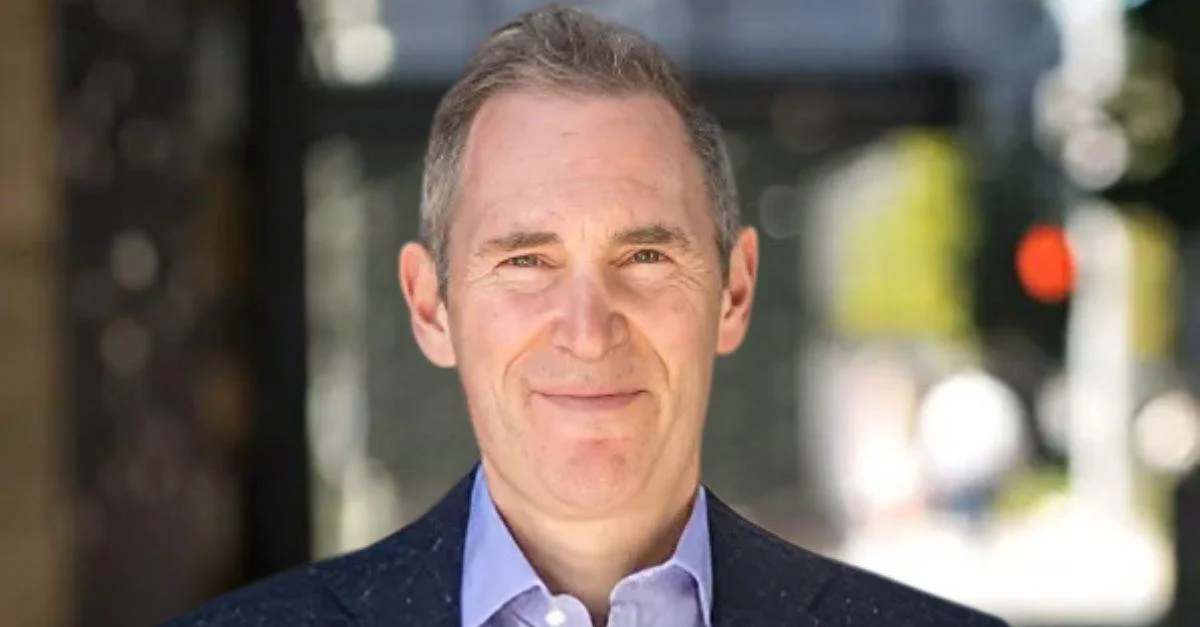Amazon has reported that it has delivered more than 50 million meals to over 200,000 families experiencing food insecurity in the United States and the United Kingdom since 2020. The company uses its logistics and delivery network—including Delivery Service Partners, Amazon Flex drivers, and rural infrastructure—to bring groceries from food banks directly to families at no cost.
Food insecurity remains a significant issue in the U.S., with the U.S. Department of Agriculture estimating that 47 million people are affected each year. Many face challenges such as transportation limitations or health barriers that make accessing food assistance difficult, especially in rural areas where distribution points may be far away or have limited hours.
Bettina Stix, head of food security at Amazon, said, "When families can't get to a food bank because of conflicting work hours, health challenges, or transportation limitations, they often have to skip meals. By combining Amazon's logistics network with the care and expertise of our community partners, we're helping food banks reach families who might otherwise go hungry."
Research cited by Amazon indicates that home delivery can save families about $100 per month in time and travel costs.
Erika Thiem, chief supply chain officer at Feeding America, commented on the impact of these programs: “Feeding America is committed to providing solutions to end hunger, and food delivery programs play a vital—and growing—role in reducing food insecurity. Through free home delivery, Amazon helps expand access to critical food assistance by meeting participants where they are and supporting greater choice, convenience and peace of mind.”
Beyond individual deliveries, Amazon also supports bulk transportation for food banks. Amanda Adcock-Worthy, head of Amazon Local Good, explained: "Transportation can be expensive, and we help by putting our logistics network to work—using vans, trucks, and routes to help organizations get what they need quickly and reliably." She added that Amazon transports tens of thousands of pounds of food for community partners around the world each week for free.
The company’s fleet moves groceries from suppliers to food banks and from there to pantries, schools, and other distribution points. This approach aims to keep shelves stocked so more people can receive assistance.
Paul Williams, a Delivery Service Partner driver involved in these efforts said: "I enjoy being a part of the donation process running food to where it needs to go. I was new in town, and it was a great way to feel like I was part of something bigger than myself, trying to give back as I can. The food always went to a good place. I'm thankful to meet such dedicated people."
In regions like Puget Sound, partnerships with organizations such as Harvest Against Hunger allow Amazon to transport fresh produce from farms directly to nonprofits each week. This helps prevent waste while ensuring communities receive high-quality fruits and vegetables.
To address specific challenges faced by rural communities—where access may be particularly limited—Amazon has piloted programs aimed at delivering meals during school breaks using its expanding rural delivery network.


